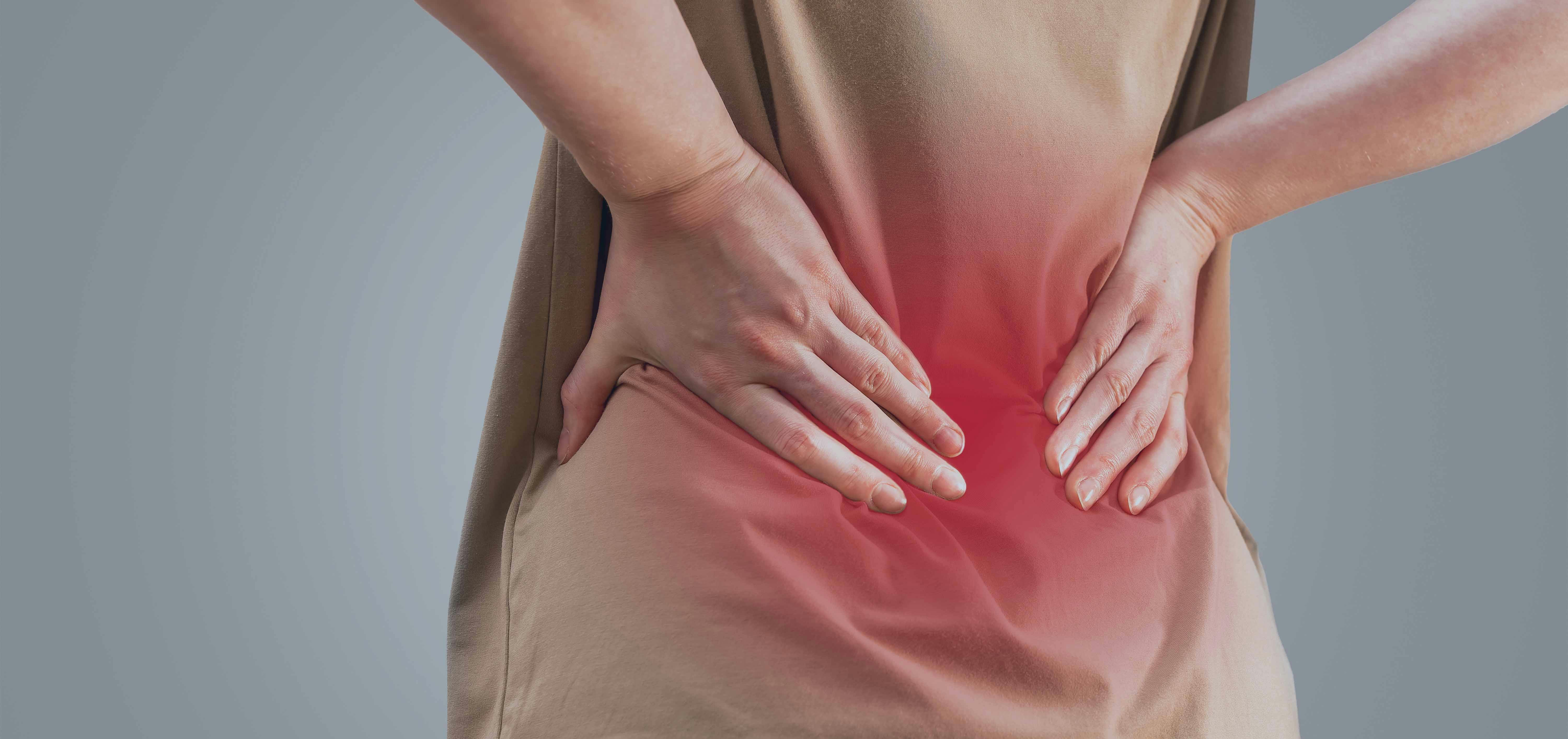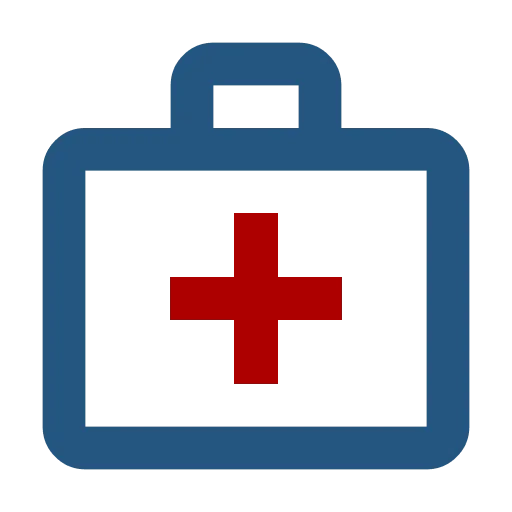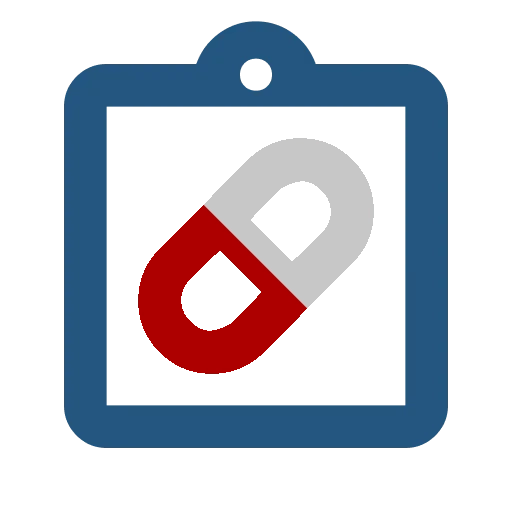Back Pain


Dorsal Pain
Dorsal Pain
Back pain is common and often does not require medical consultation. It usually resolves favourably within a few days. The medical term for back pain is "dorsalgia".
Unless the pain lasts for several weeks or is accompanied by severe symptoms, radiological examinations are unnecessary.

Causes
Causes
In the vast majority of cases, dorsalgia is due to mechanical problems of the spine, such as muscle contractures. It can occur following a "wrong movement", unusual exertion or a fall. Serious causes are fortunately rarer, and the pain can be due, in particular in people suffering from osteoporosis, to a vertebral fracture.
Chronic dorsalgia has other origins, they can, for example, be secondary to osteoarthritis.

Treatments
Treatments
The treatment will depend on the intensity of the pain and its origin. In most cases, the symptoms disappear within a few days.
Medications can help reduce pain: the medications used are Paracetamol (Panadol, Dafalgan, etc.), sometimes combined with anti-inflammatories, such as ibuprofen (Irfen, Algifor, etc.). When the pain is severe, a combination of Paracetamol and codeine may be used.
In addition to taking medication, it is very important to keep moving, depending on the pain of course. Recovery will be faster for someone who stays active compared to someone who sits or lies down all day.
If the pain does not reduce after 5 to 7 days, physiotherapy may be recommended.
Remote working
Remote working increases the risk of dorsalgia for several reasons: first, unsuitable office equipment and a non-ergonomic workplace; second, the tendency to take fewer breaks when at home!
For pain related to poor posture, as can happen with telecommuting, a few exercises performed regularly can alleviate the pain. All it takes is a few minutes to stand up, walk, and stretch. The rules to follow are: adopt a good posture, take regular breaks, walk, and stretch your back!

Warning
Warning
Certain situations require rapid consultation with your general practitioner or, in their absence, at an emergency centre. This is particularly the case if back pain is accompanied by fever, unintentional weight loss, or a general decline in health, or if the pain does not respond to medication.

To find out more
To find out more
You can find out more by reading the page Back Pain on the Swiss League Against Rheumatism website and the page How to (Finally) Treat Back Pain on the Planète Santé website.

Lower Back Pain
Lower Back Pain
Lower back pain corresponds to pain located in the lower part of the spine, a condition more commonly known as 'lumbago'. The expression 'having kidney pain' is often used, even though the pain does not originate from the kidneys. This pain is often accompanied by stiffness, and back movements are limited. The pains most commonly predominate on one side of the back, either right or left, but can extend to the entire lower back. Lower back pain can also sometimes be accompanied by leg pain, in which case it is referred to as 'lumbo-sciatica'.
Lower back pain is a common problem that most often resolves spontaneously, sometimes even without the need for treatment. 'Lumbago' is most often caused by a blockage of the muscles and tendons in the lower back.
Unless the pain lasts for several weeks or is accompanied by serious symptoms, radiological examinations are unnecessary.

Causes
Causes
Lower back pain can have different causes, most of which are fortunately not serious. 'Lumbago' is most often caused by a dysfunction of the muscles and ligaments of the spine. The mechanism of lower back pain could be compared to a sprained ankle in a person who has 'twisted' their foot. Lower back pain is therefore most often caused by an injury to a muscle or ligament in the back.
Sometimes, a false movement or carrying a heavy load is the cause of the pain, but this is not always the case.

Treatment
Treatment
Lower back pain usually resolves in one to four weeks. Pain medications can help reduce symptoms. The medication used is Paracetamol (Panadol, Dafalgan, etc.) sometimes combined with anti-inflammatories, such as ibuprofen (Irfen, Algifor, etc.). When the pain is intense, a medication combining Paracetamol and codeine can be used.
In parallel with taking medications, it is very important to keep moving, according to the level of pain of course: recovery will be faster for a person who stays active than for a person who remains seated or lying down all day.
If the pain does not decrease after 7 to 10 days, physiotherapy may be suggested.
After a first episode of lower back pain, regular endurance sports will reduce the risk of recurrence (walking, Nordic walking, swimming, cycling, etc.).

Warning
Warning
Certain situations require a quick consultation with your general practitioner or, in their absence, at an emergency centre. This is especially the case if the lower back pain is accompanied by fever, unintended weight loss, or a general decline in health if the pain does not respond to medication. A medical visit is also recommended in case of loss of sensation or strength in a leg, or for people with osteoporosis or cancer.

To find out more
To find out more
You will find additional information on the page Common lower back pain (acute, subacute, and chronic) on the Planète santé website and on the lombalgie.fr site. The RTS programme 36.9 also devoted an episode to back pain: Metro, work, back pain.